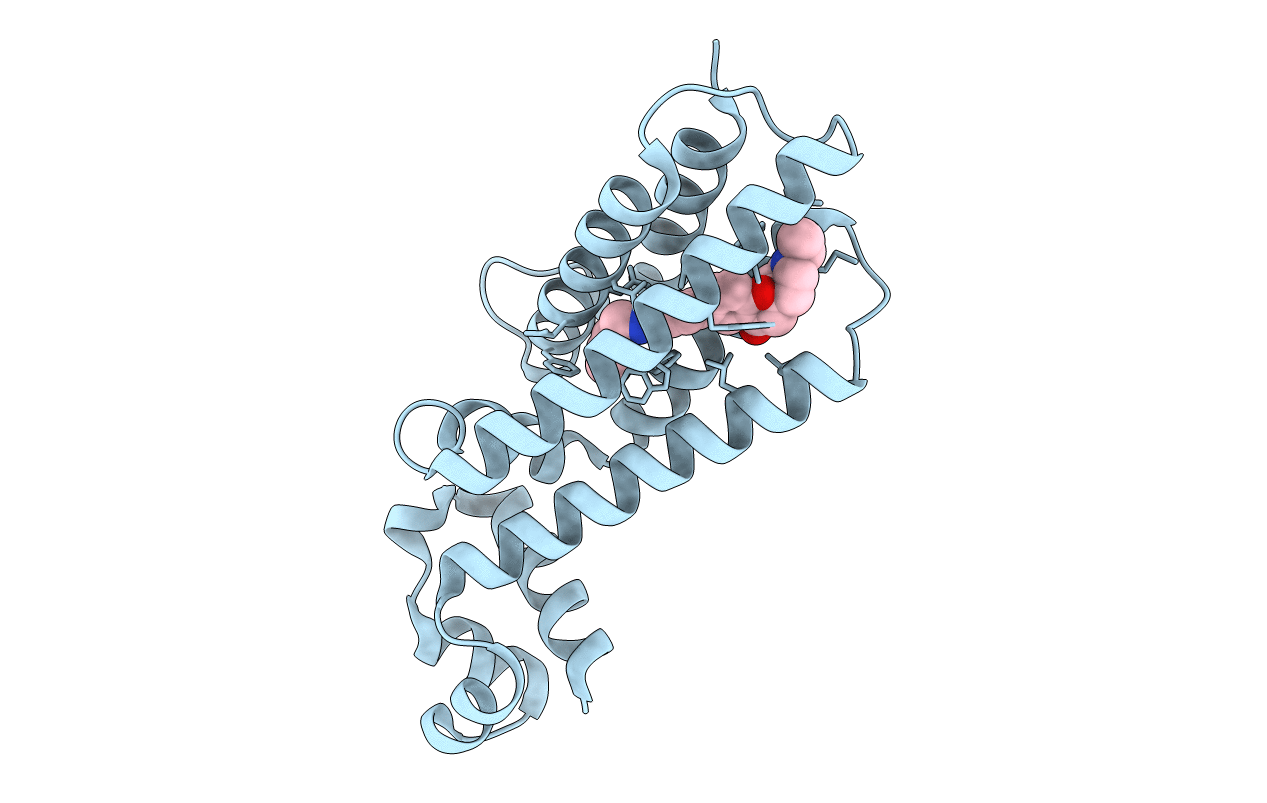
Deposition Date
2018-09-17
Release Date
2018-12-26
Last Version Date
2024-05-15
Entry Detail
PDB ID:
6HO5
Keywords:
Title:
TRANSCRIPTIONAL REPRESSOR ETHR FROM MYCOBACTERIUM TUBERCULOSIS IN COMPLEX WITH BDM44719
Biological Source:
Source Organism:
Mycobacterium tuberculosis CDC1551 (Taxon ID: 83331)
Host Organism:
Method Details:
Experimental Method:
Resolution:
2.30 Å
R-Value Free:
0.25
R-Value Work:
0.20
R-Value Observed:
0.20
Space Group:
P 41 21 2


